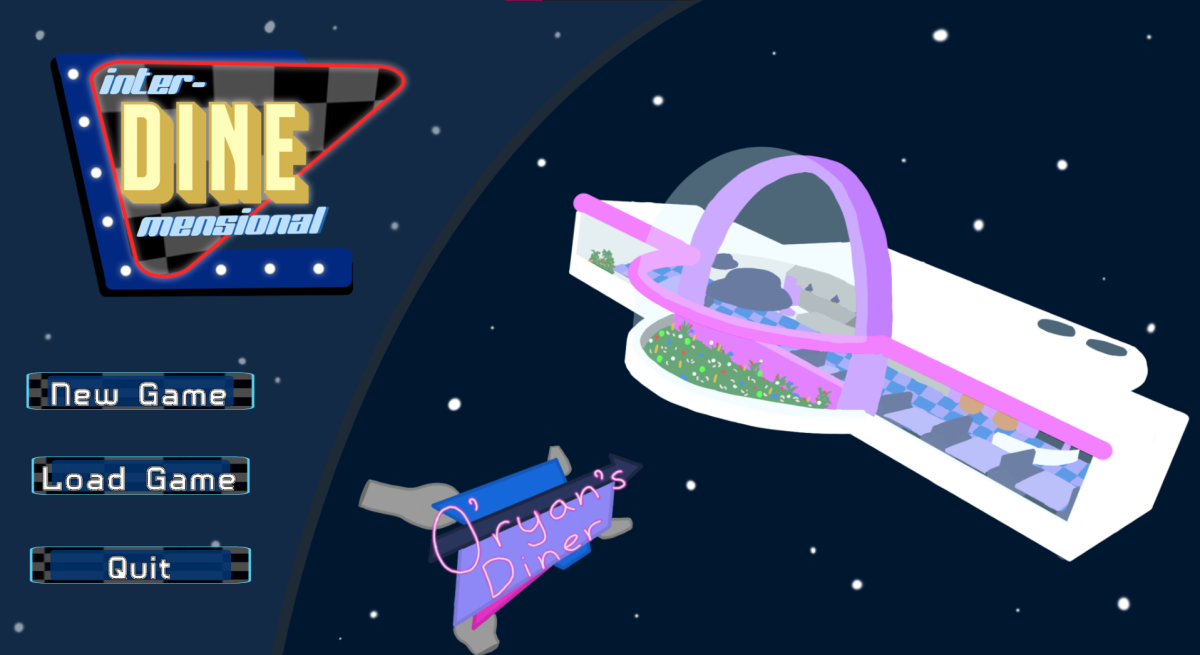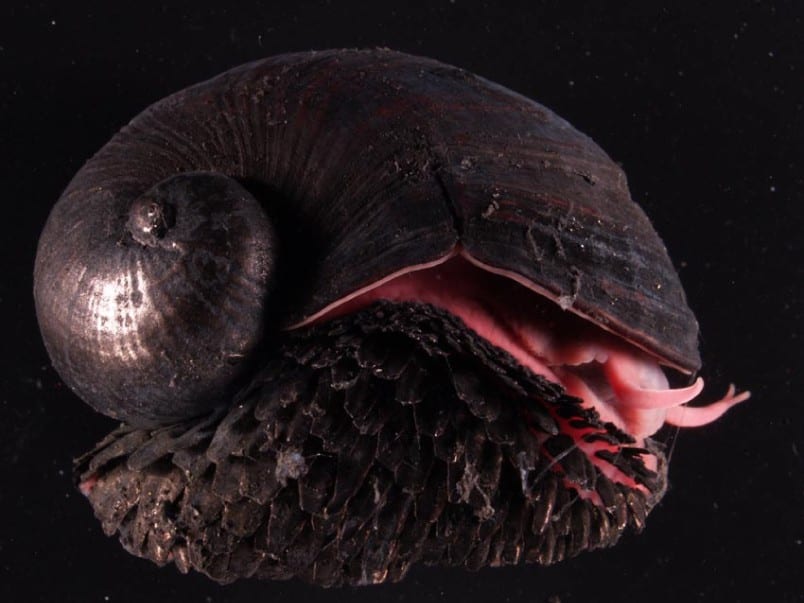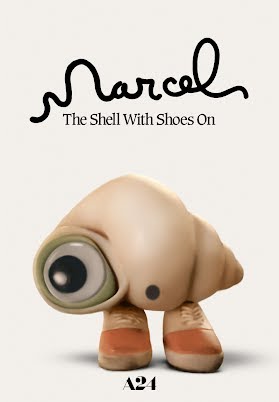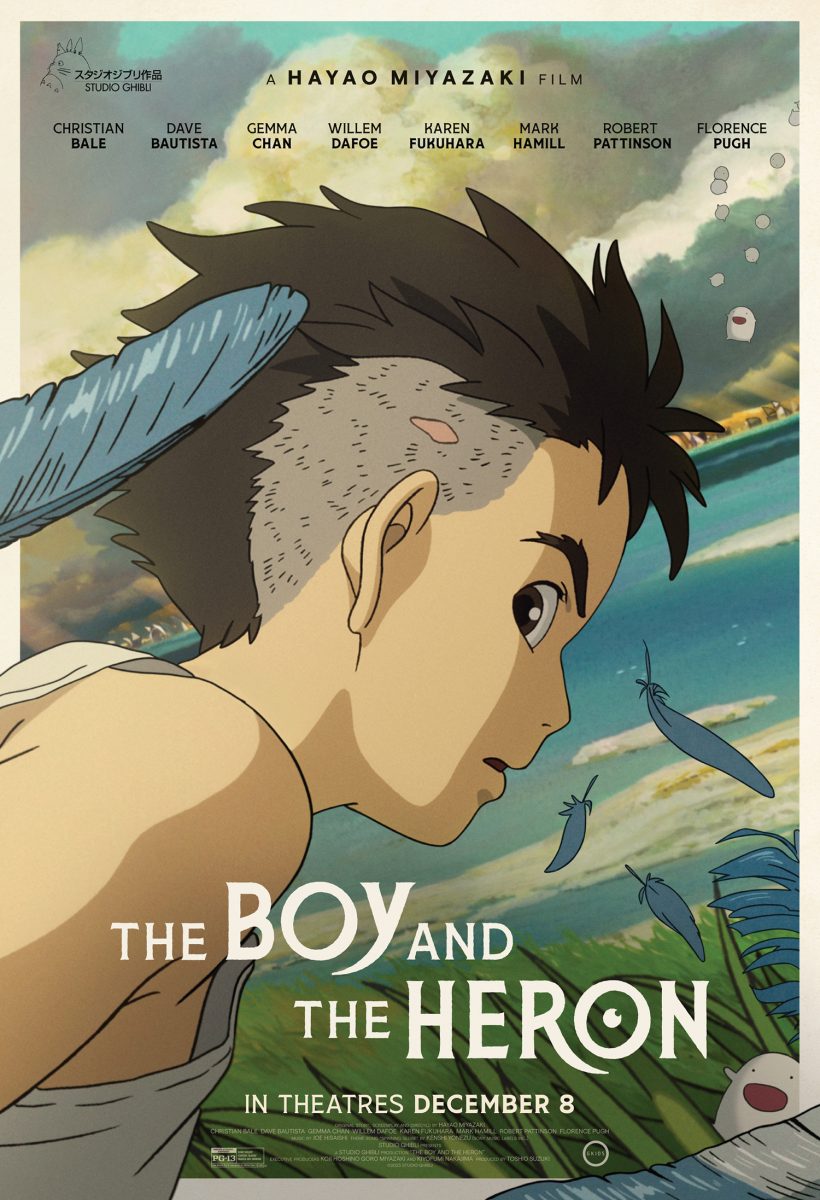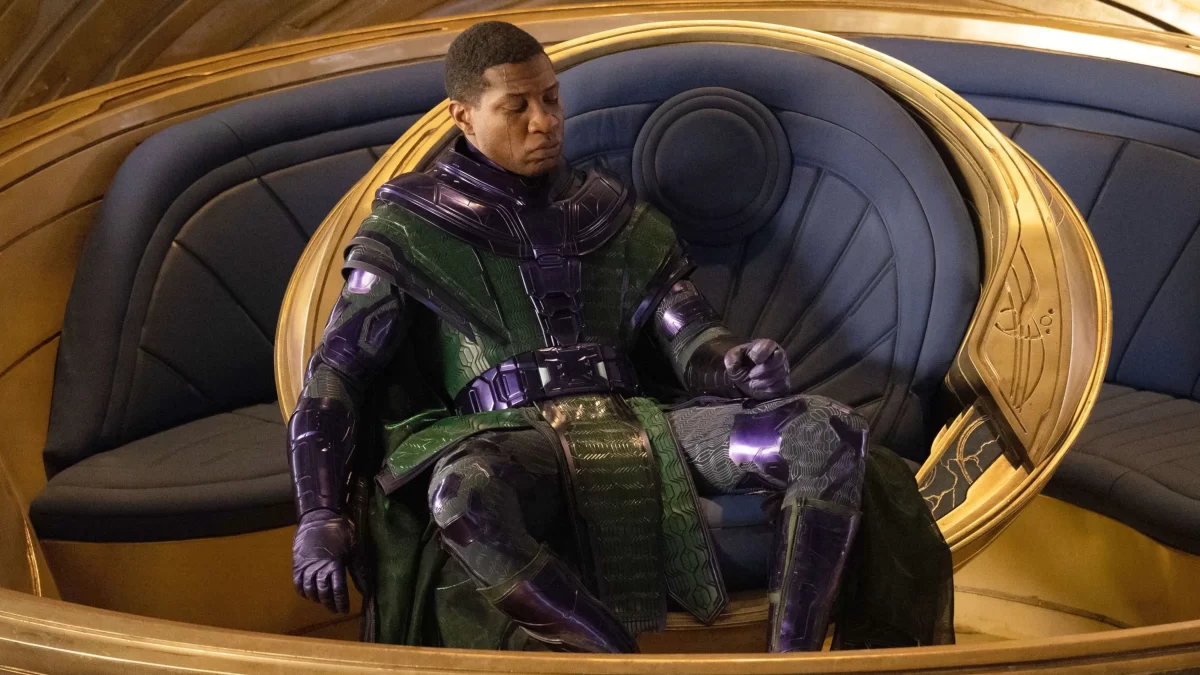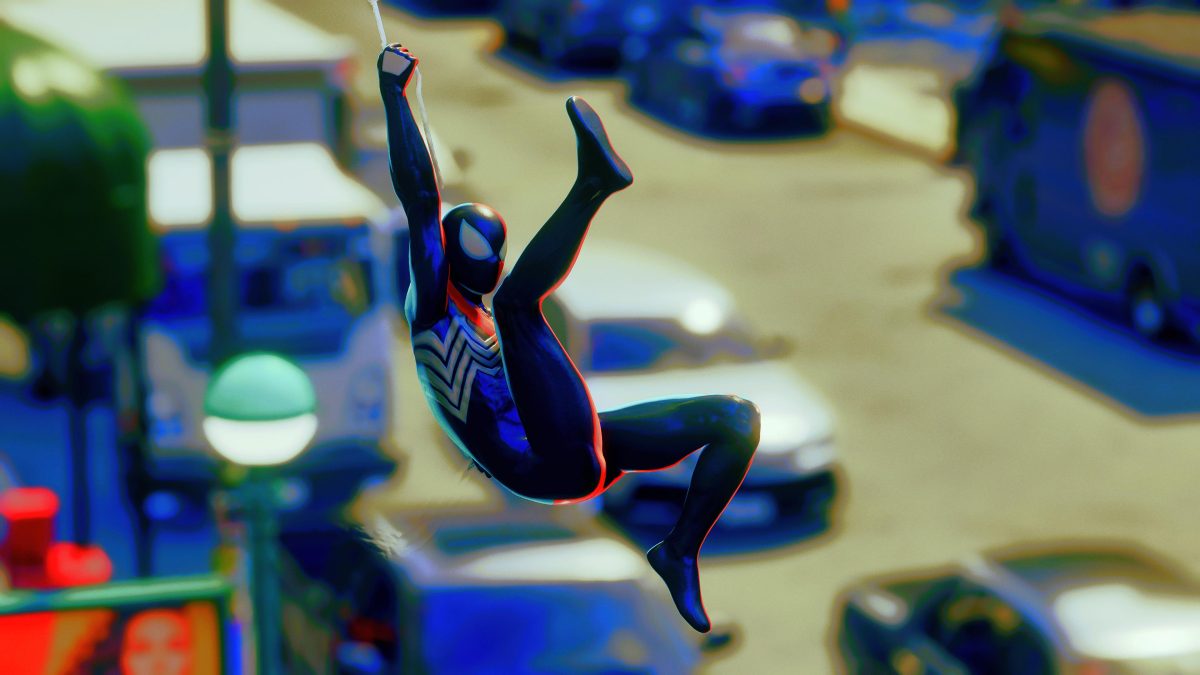By Morgan Leger
It was a rough period for animated films in the 1980s when audiences began to question whether these movies held entertainment value for kids or more for adults. However, the genre was starting to be considered more as kiddie-fare and holding less appeal to older audiences. There had been past attempt to showcase how mature animated movies can get with examples like “Fritz the Cat” or “Heavy Metal,” but there would be one that would challenge which age group this genre was truly meant for. While the plot of “Twice Upon a Time” sounds like it was made for kids, the material and moments that were mistakenly created during production ended up providing entertainment for all ages.
In this oddball and yet creative fantasy, there exists a world called the Rushers of Din, which serves as a metaphor for reality considering how people tend to rush around a lot. The only time they don’t do their daily activities is when they sleep and receive dreams from either the brightly colored and candy eye world of Sunny Frivoli or nightmares from the dark and mysterious Murkworks factory.
The villainous owner of the Murkworks, the paunchy and delightfully raunchy Synonamess Botch who is voiced by Marshall Efron, wants to do more then just send out nightmares to the fast-paced world and wants the inhabitants of Din to have never ending nightmares for his own pleasure. However, in order to enact his plan, he must gain control of the Cosmic Clock, a mystical object that not only controls the fabric of time in Din but happens to be located in a thrift shop.
Meanwhile, two oddballs in the world of sweet dreams appear to be not fitting in with the childish and happy Frivoli and end up banished for how they stand out from the G-rated inhabitants. Among the rejected odd pair is Ralph, an all-purpose animal voiced by Garfield the cat himself Lorenzo Music, and his friend Mumford, who speaks in sound effects and tends to be mischievous and have an interest in magic. Being not too bright, Botch sees the opportunity to con them into removing the main spring from the Cosmic Clock, saying that it’s the right thing to do for the folks of Din and they will become heroes. Once they perform this act, not only does time come to a halt in Din, but this spells doom for our heroes when Botch plans to place thousands of nightmare bombs and reset time again providing a 24/7 nightmare-a-thon for the world.
The cast of characters are a delight to watch and prove to be a likable and memorable bunch. Ranging from an over dramatic actress that serves as the love interest for the two while looking for a big break to Botch’s right hand man who writes ideas for nightmares but would rather be a novelist, a fairy godmother that acts like she lived in the Bronx to a superhero that has the personality of a dimwitted sports jock and is more interested in romance then saving the world. These characters are not what you would ordinarily expect to see in a simple children’s film and in the end you start to wish you spent more time with them.
Other then a zany collection of characters, the other thing that makes Twice more interesting to look into is the unique animation style that is used. Director John Korty animated this underrated classic using a then new process called “Lumage,” which involves animating cut-out shapes on brightly lit backgrounds. This results in giving the film the feel of watching a stain-glass window coming to life. While in later times, “South Park” would do a similar approach with a computer, rather then all by hand.
Speaking of foul-mouthed cartoons, fans of this film know that there happens to be two versions of Twice that are currently floating about. The story goes is that Korty could only afford improve actors and thus a great majority of the re-writes were heavily ad-libbed. This resulted in some sections in which the dialogue was made at a dirty but PG-13 level. John Korty was unaware of this at the time of the premiere and was appalled to see all the shocked families hearing the inappropriate material, which mostly came from the character Botch. While it was sent to be seen in limited theaters, its cult appeal came from when it first aired on HBO in the original, uncut version that was released, but unfortunately, John Korty caught notice of this and had the film edited for its home video release. As of today, this has yet to be seen on DVD.
On the bright side, many people have circulated this “original cut” among fans and it recently has seen the light of day on the Internet. Twice is a groundbreaking feature that goes back and forth with its cartoon-ish tone and presenting characters that will remain memorable as it goes along. At times, the plot can feel a bit rushed, but remember stop-motion was a very tedious process and it took possibly more then a year to accomplish depending on how it’s being used. However, few people know of its existence and only know it for having George Lucas on as the first animated film he served as an executive producer. Despite these facts, “Twice Upon a Time” is a rare gem that deserves to be released into the world again, in hopes for a comeback that will get new viewers interested in just how there was no endless possibility to how great animated films in the 1980s turned out to be.



